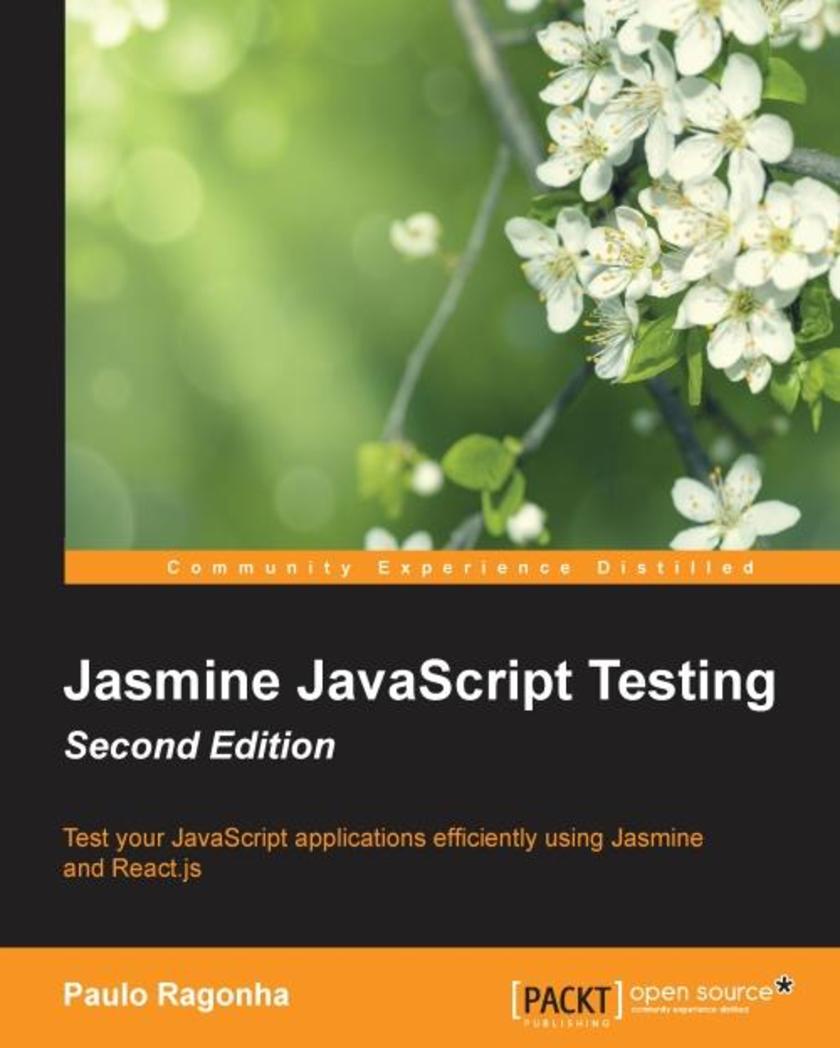
GameSalad Essentials
¥45.77
If you want to create your own game, but don't know where to start, this is the book for you. Whether you've used GameSalad before, or have prior game development experience or not you are sure to learn! Imaging software experience, such as Photoshop, is good to have, but art and assets are provided in the book's resources.

OpenJDK Cookbook
¥80.65
If you are an experienced Java developer using Java 7 platform and want to get your grips on OpenJDK for Java development, this is the book for you. JDK users who wish to migrate to OpenJDK will find this book very useful.

Raspberry Pi Gaming - Second Edition
¥45.77
If you are someone who loves to play games and are interested in learning more about the capabilities of your Raspberry Pi, this book is for you. Basic knowledge of Raspberry Pi programming is expected.

Mastering Ext JS - Second Edition
¥90.46
If you are a developer who is familiar with Ext JS and want to augment your skills to create even better web applications, this is the book for you. Basic knowledge of JavaScript/HTML/CSS and any server-side language (PHP, Java, C#, Ruby, or Python) is required.

Clojure Web Development Essentials
¥80.65
This book is for anyone who's worked with Clojure and wants to use it to start developing applications for the Web. Experience or familiarity with basic Clojure syntax is a must, and exposure to Leiningen (or other similar build tools such as Maven) would be helpful.

YARN Essentials
¥54.49
If you have a working knowledge of Hadoop 1.x but want to start afresh with YARN, this book is ideal for you. You will be able to install and administer a YARN cluster and also discover the configuration settings to fine-tune your cluster both in terms of performance and scalability. This book will help you develop, deploy, and run multiple applications/frameworks on the same shared YARN cluster.

PowerShell for SQL Server Essentials
¥54.49
This book is written for SQL Server administrators and developers who want to leverage PowerShell to work with SQL Server. Some background with *ing will be helpful but not necessary.

Learning Unreal? Engine iOS Game Development
¥80.65
If you are a game developer, designer, artist, or a beginner in the gaming industry, and want to make iOS games efficiently at a low cost, this book is ideal for you.

Objective-C Memory Management Essentials
¥54.49
If you are new to Objective-C or a veteran in iOS application development, this is the book for you. This book will ensure that you can actively learn the methods and concepts in relation to memory management in a more engaging way. Basic knowledge of iOS development is required for this book.

iOS Game Programming Cookbook
¥90.46
This book is for developers who are willing to explore iOS game programming in depth. Good knowledge level and understanding of iOS game development will be an added advantage. You should already have a working installation of Xcode and Sprite kit.

Salesforce Reporting and Dashboards
¥90.46
This book is intended for all Salesforce users—administrators, managers, business analysts, or report writers who are new to creating reports or dashboards within Salesforce. Basic knowledge of the Salesforce platform is required.

WooCommerce Cookbook
¥80.65
If you have ever built or managed a WordPress site and want to add e-commerce functionality into your site, WooCommerce and this book are perfect for you. Learning how to use WooCommerce through this series of recipes will give you a solid platform to add any future e-commerce needs.

Elastix Unified Communications Server Cookbook
¥90.46
This book is aimed at those who want to learn how to set up an Elastix Unified Communications Server without losing ground on Unified Communications and Voice over IP.

Mastering Apache Cassandra - Second Edition
¥90.46
The book is aimed at intermediate developers with an understanding of core database concepts who want to become a master at implementing Cassandra for their application.

Appium Essentials
¥54.49
This book is intended for automation testers and developers who want to enhance their skills from web-based automation to mobile application automation using Appium. Basic knowledge of mobile application testing, Selenium WebDriver, and programming is assumed.

Performance Testing with JMeter - Second Edition
¥71.93
This book is great for developers, quality assurance engineers, testers, and test managers new to Apache JMeter, or those who are looking to get a good grounding in how to effectively use and become proficient with JMeter. No prior testing experience is required.

Jasmine JavaScript Testing - Second Edition
¥61.03
This book is for web developers and designers who work with React.js and JavaScript and who are new to unit testing and automation. It's assumed that you have a basic knowledge of JavaScript and HTML.

Raspberry Pi Essentials
¥54.49
Programmers new to the Raspberry Pi and novice programmers with little to no experience with micro board computing will find the book useful. A basic knowledge of programming languages in general will prove useful for a better understanding of the topics.

Apache Maven Cookbook
¥90.46
If you are a Java developer or a manager who has experience with Apache Maven and want to extend your knowledge, then this is the ideal book for you. Apache Maven Cookbook is for those who want to learn how Apache Maven can be used for build automation. It is also meant for those familiar with Apache Maven, but want to understand the finer nuances of Maven and solve specific problems.

Raspberry Pi Projects for Kids - Second Edition
¥45.77
This book is for kids who wish to develop games and applications using the Raspberry Pi. No prior experience in programming is necessary; you need only a Raspberry Pi and the required peripherals.

Learning Salesforce Visual Workflow
¥90.46
Learning Salesforce Visual Workflow is intended for those who want to use Flows to automate their business requirements by click not code. Salesforce maintains an incredibly user-friendly interface; no previous experience in computer coding or programming is required.




 购物车
购物车 个人中心
个人中心



